Back when I used to watch Button Moon — the whimsical TV show that invented techno music — stars, and outer space and shit, really captured my imagination. I’d think about how amazing it would be if these far off undiscovered lands really existed. Places where animals could talk and dreams came true…

…what a shame then, that I would go on to find out that, not only has Mr Spoon never performed at Glastonbury with his electro band, but the other planets orbiting within our solar system are actually pretty boring : (

☛ More Sad Keanu Memes: First Photo Of Ben Affleck As Batman Sparks Off ‘Sad Batman’ Meme
Neptune, for example, is huge, comes in cool blue and appears in that kick-ass film Event Horizon(!) — but the planet itself is featureless, lifeless, cold and…well there’s not much else to say really!
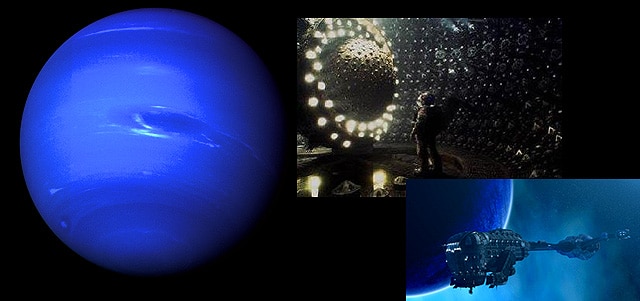
Luckily, moons are a lot cooler than planets…
They come in all shapes and sizes, and — if we ever decide on a quick way to transport humans over to investigate them without our bones wasting away, digestive systems failing and the crew killing each other from the frustration of smelling each other’s farts for years on end — they should provide some proper amazing adventures for manned space flight in the future!
Moons are also the only other places in our solar system where there’s a significant probability that we might find alien life. Plus, some of ’em look genuinely beautiful and/or totally mental!
So let’s check ’em out…
#6: Io
I’m starting with Io, one of Jupiter’s moons, because… well, just look at it!
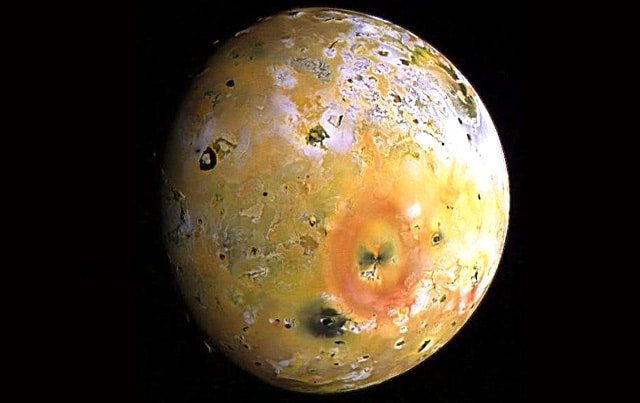
It’s low down on my wicked-cool list of moons because it’s surface is a nightmare. It’s covered in savagely erupting volcanoes which spew out smelly sulphur 300 miles into the sky.
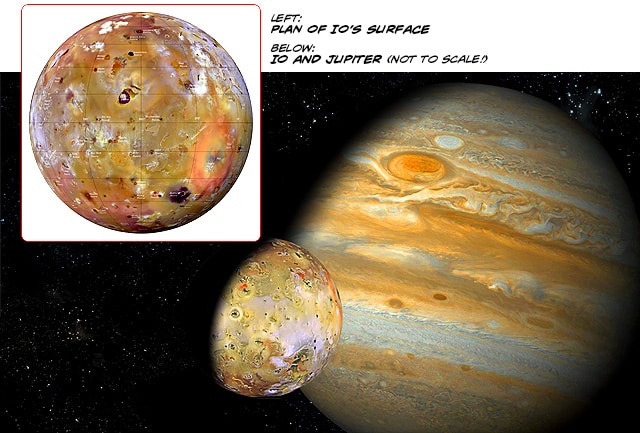
It’s bigger than our Moon, but since Jupiter is 2.5 times the mass of the other planets combined, Io is a tiny speck in the Jovian (Jupiter’s) skyline.

It’s cold (rather than hot) on Io because there isn’t really much of an atmosphere around it. Although, due to some complicated physics relating to pressure, this still means your blood would immediately boil out of your eye sockets if you ever took your space helmet off there!
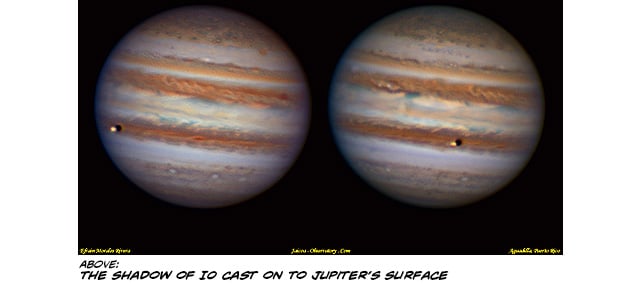
#5: Iapetus
This is one of Saturn’s 64 moons…
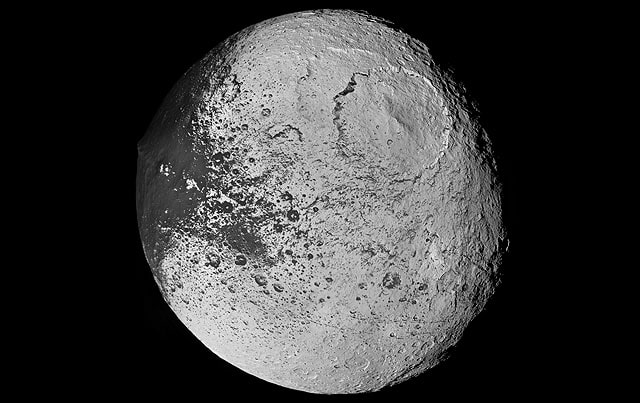
Now, obviously, the coolest thing about this moon is that it looks like the Death Star!
It’s often nicknamed “The Walnut” because of that sticky-outy ridge that goes across the equator of most of it. This ridge probably formed as the moon picked up debris from Saturn’s ring system via gravity. This gravitational pull would be strongest around the outer rim — hence, an equatorial ridge could form.
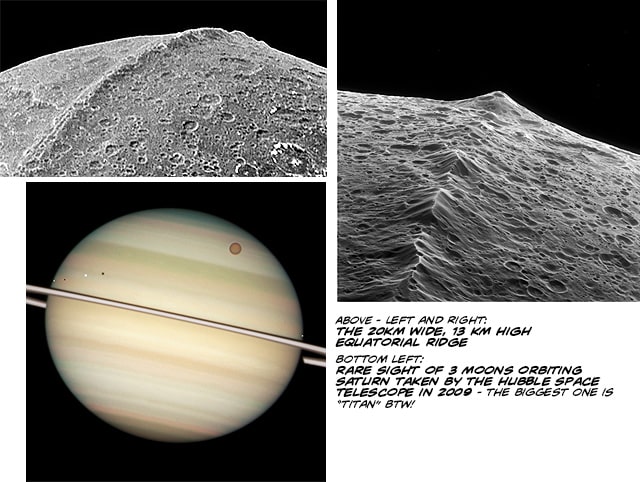
#4: Titan
Look familiar?
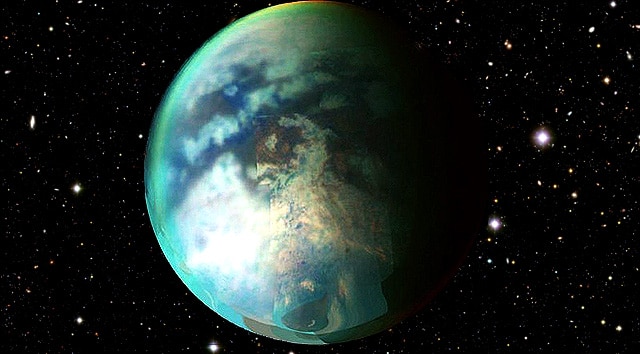
Titan is Saturn’s largest moon and, depending on what kind of telescope you use to look at it, it looks like a little planet Earth! The images below are a little more reliable however, and are real photographs taken by the Cassini-Huygens space craft as it flew around Saturn.
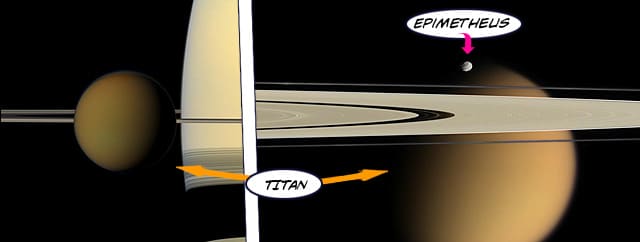
The coolest thing about Titan, for me, is that we actually landed the Huygens probe on the surface – and there’s a real video of what it saw!?!?! Check it out here:
#3: Europa
Definitely one of the most mysterious moons out there….
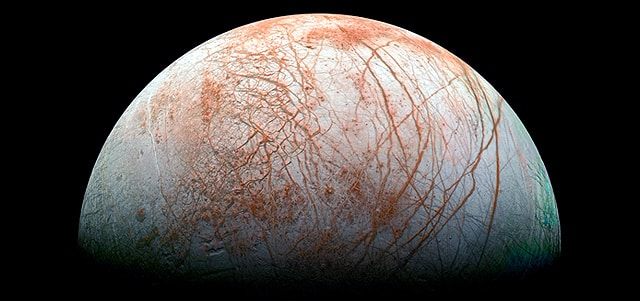
Like Io, this is one of Jupiter’s moons – beautiful isn’t it!?!
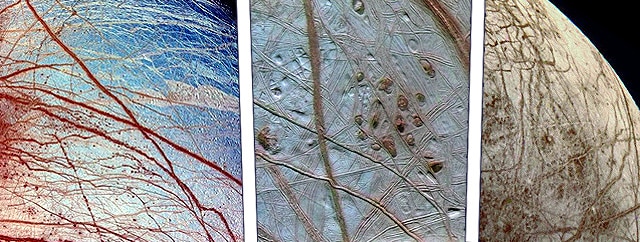
The neighbouring planet Jupiter is so so big that the gravity of the planet crunches this beautiful icy moon sideways causing the core to heat up and melt the ice beneath the scarred frozen surface into liquid water.

This means that there is a whole ocean under there! The huge fractures on the surface even suggest that the surface ice rotates on it’s axis at a slightly different speed than the core. We’re talking a full revolution of the outer shell every 12,000 years or so — which doesn’t sound very fast, but in astronomical terms, that’s quite often!
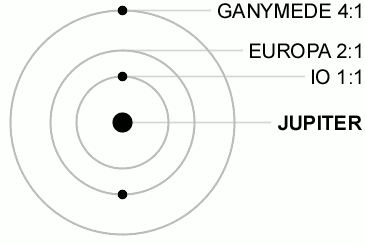
Now, these pictures below are of a type of fishy thing called a mudskipper…

I know that the idea of humans evolving from fish seems a little far fetched initially, but this odd looking fella can actually walk out of the ocean and breath air! This is important because it’s the gravity of our own moon that causes the tides and pushes little fishies out of the sea, on to the dry land. Without this, all Earth’s life would still be in the sea.
So therefore, without a satellite of it’s own, Europa has no evolutionary reason for alien sea creatures to trundle about on the surface – but, everything else that life needs to exist and prosper in space is up there on Europa in abundance.
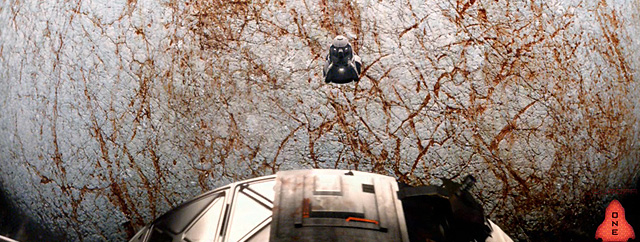
(an okay film – best bits are in the trailer).
Hopefully in the next few years we’ll find out what’s really under that icy exterior. If life has evolved past little single cell organisms, and there’s animals with brains and stuff, the surrounding darkness will encourage the evolution of bio-luminescent life forms – much the same as the bio-luminescent deep sea creatures we have here on Earth.

#2: Enceladus
My personal favourite for sure…
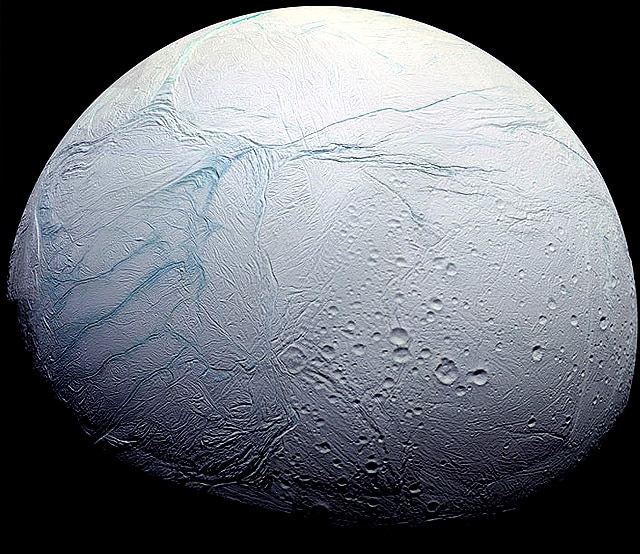
…and the second most likely place to find extraterrestrial life in our solar system after Europa.
Earth is the only cosmic body in our solar system to have a liquid water ocean on the surface, but as we saw with Europa, liquid water can exist elsewhere as long as there is a source of heat to melt the ice.
In the case of Enceladus, liquid water is literally spraying out of the surface in huge fountains which are visible around the edge of the moon. The physics are similar to that of Europa, as the moon’s heat is generated by tidal-heating (gravity squeezing the planet and heating it up), but as you can see from the photograph below, the result is very different, making the surface far more volatile!
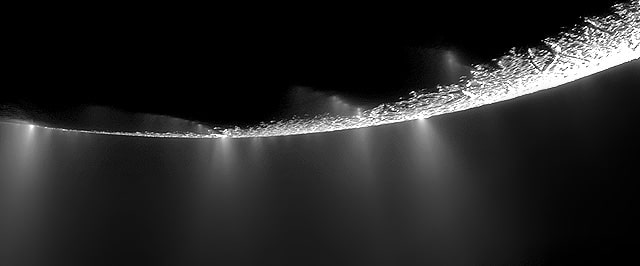
You can see in the image below how the water ice being emitted by Enceladus contributes to the “E” ring of Saturn. This was quite a shock when the Cassini team discovered this!
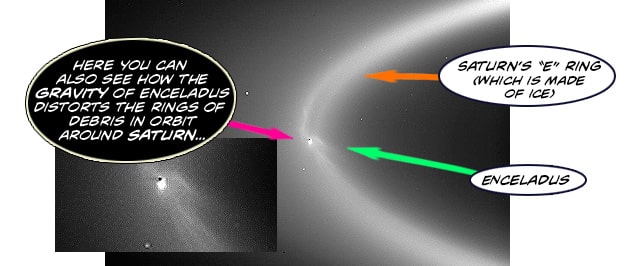
It’s not as beautiful and strange as Jupiter’s Europa moon, but I like it because it reminds me how crazy and exciting the surrounding universe really is…
#1: The Moon
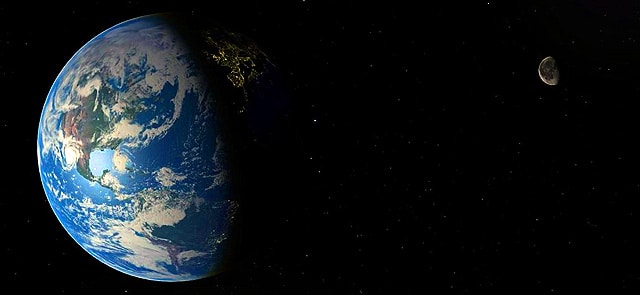
Yeah yeah, I know – we see it so often that it’s easy to take our own cosmic companion for granted. But I assure you, it’s the coolest!
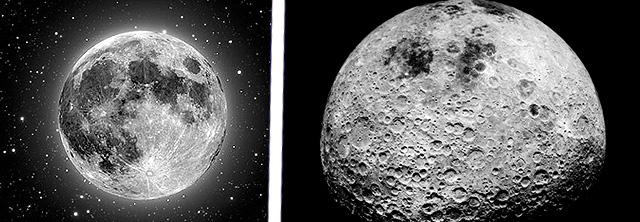
As it is the fifth-largest moon in the solar system, and the largest moon relative to the size of it’s parent planet, the Moon’s gravity is a significant force on the surface of Earth.
As previously mentioned, it controls the tides, and thus is the reason we have life on land via evolution. So, we’d go extinct if anything ever happened to the Moon, and – since it’s orbital period is 1 month – it’s the only natural phenomena in sync with ladies’ menstral cycles!? That’s right boys, we were right all along – girls really are weird!
By measuring Moon-rock samples, it was discovered that the Moon is actually made out of rocks from the Earth. Evidence suggests that this was the result of a huge planetary collision, 3.5 billion years ago* with a Mars-sized planet.

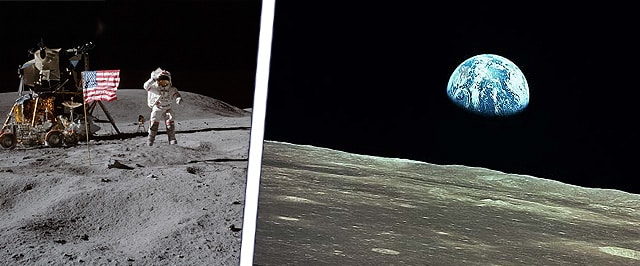
I’ve yet to properly explain how gravity works in this Sick Chirpse column – it’s more complicated than you might imagine – but suffice to say that the Moon orbits Earth because of the dent that Earth makes in space-time. This causes the Moon to fall towards Earth constantly, but since it falls at a slightly slower speed than it moves away, it actually gets an inch or so further away every year!
Don’t worry, the Moon won’t ever get away from us. As it drifts away from Earth at that super slow speed, over the next 5 billion years or so, our Sun will expand way beyond the orbit of our planet, and gobble-up the Moon in the process, as it turns into a huge red dwarf star.

So there you go! The Moon is pretty cool after all…
It’s my birthday this week so now I’m off to parrrtttaayy! See ya soon! x
Read Kissy’s Other Articles Here: Kissy Sell Out’s Astrophysics Lab
See Kissy’s USA Summer Tour Dates Here
Ask Kissy a question by tweeting @kissysellout (…keep em clean!)
Download Kissy Sell Out’s latest DJ mixes from the Kissy Klub Podcast















